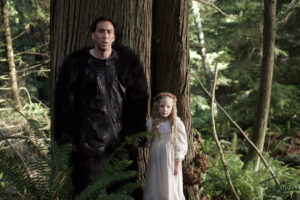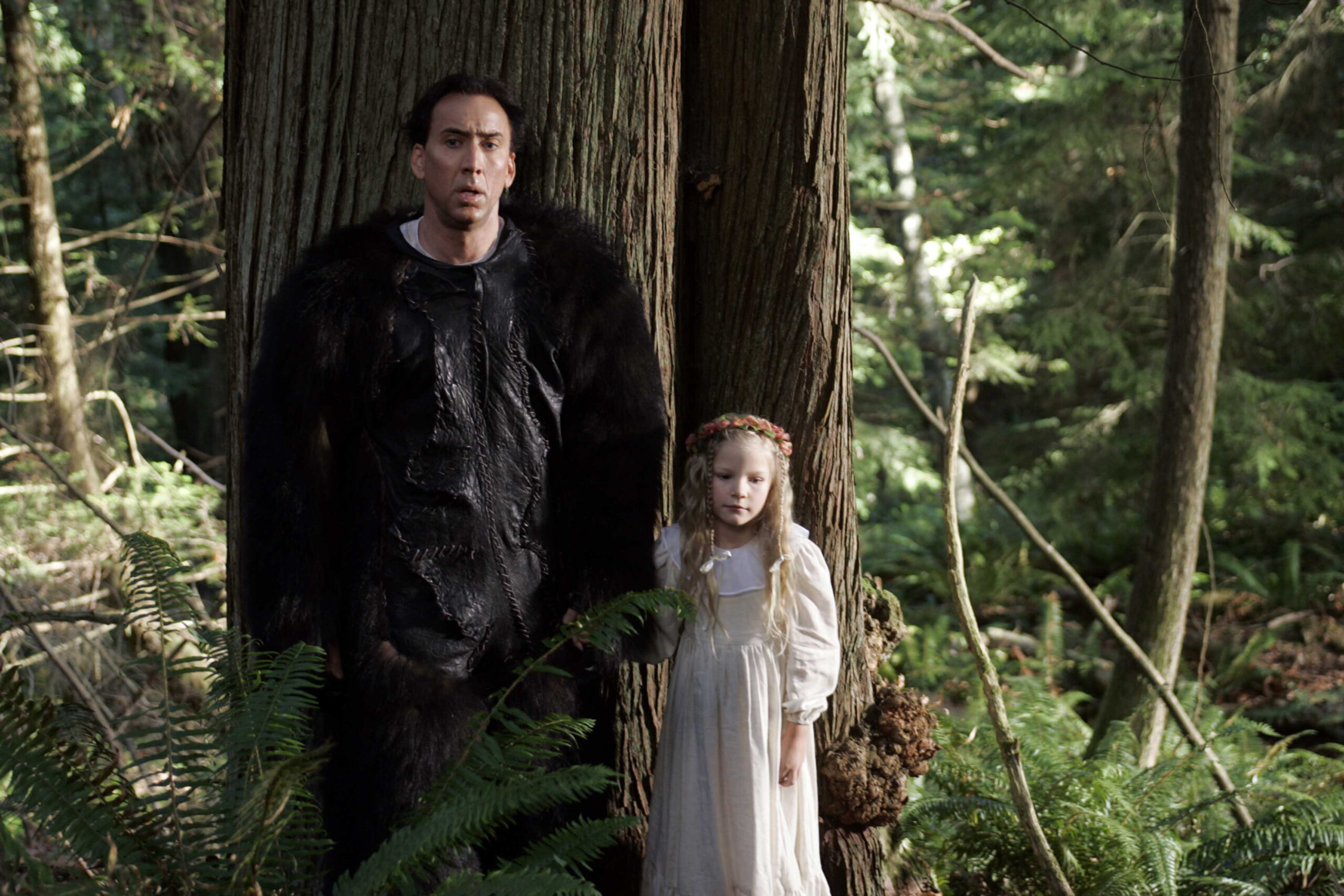What makes a bad movie? If the goals of film are to entertain, provoke thought, or induce emotion, should script-writing/directing/acting prowess even be taken into account when determining whether or not a movie is good or bad? This is all merely food for thought as we delve into this list of the five most essential “so-bad-they’re-good” movies. Sure, these films aren’t the products of wealthy Hollywood execs, yet they have managed to create stronger followings than the vast majority of well-made, yet forgettable films.
Tommy Wiseau’s so-bad-it’s-good masterpiece The Room has been left off this list, as you’re most likely already aware of its existence. You don’t need to be reminded of its dumb brilliance.
Samurai Cop (1991)
Samurai Cop was the brainchild of Iranian-American director Amir Shervan, who, upon moving to the US in 1980, sought to create action films in the vein of the Lethal Weapon series. Despite having prior filmmaking experience in Iran, Shervan’s American movies are fraught with editing errors, horrendous acting, and screenwriting that demonstrates a limited knowledge of the English language. Samurai Cop is the pinnacle of these qualities.
After unsuccessful attempts to sell the film, Shervan shelved it. None of the people involved in its creation could have expected that, in 2007, it would be uncovered in a vault, released to the public, and immediately garner a cult following. (Shervan unfortunately died a year prior.)
The film stars Matt Hanon as Joe Marshall, an LA cop who has been tasked with bringing down the Katana gang, a ruthless Japanese crime syndicate. Joe is referred to as “Samurai,” as he has been trained by “the masters in Japan” and “speaks fluent Japanese.” (He somehow still has trouble pronouncing the gang leader Fujiyama’s name, however.) His battle for justice is filled with hilariously choreographed fight scenes, awkward romance, and comedic moments that maybe aren’t funny in the way Shervan intended.
Birdemic: Shock and Terror (2010)
Alfred Hitchcock’s 1963 film The Birds was revolutionary for its time. But by today’s standards, it’s a tad boring. Thankfully, James Nguyen’s Birdemic: Shock and Terror is here to take its place. Filmed for less than $10,000, Birdemic gives viewers a vision of apocalypse by crudely animated birds. Nested within is a vague environmental message and the most inorganic love story this side of Attack of the Clones.
Apparently, James Nguyen was quite difficult for the film’s actors to work with. Once, while filming on a public jogging trail, Nguyen yelled at joggers to get out of the shot. Lead actress Whitney Moore told him not to yell at people uninvolved with the film. What was Nguyen’s response? He refused to speak with her for three weeks. During this time, he gave her direction using her co-star Alan Bagh as an intermediary.
Miami Connection (1987)
With no prior experience in filmmaking, martial artist and Miami Connection director/producer Y.K. Kim took out loans, used all of his savings, and mortgaged his taekwondo school to make Miami Connection. His reasoning? To bring taekwondo to the masses.
While the film probably hasn’t inspired many people to take up the sport, its wholesome energy has undoubtedly brought joy to the lives of its fans. It is the ultimate feel-good cult film. How could we not love the story of friendship between members of a martial arts-themed synth-pop band?
Alien Beasts (1991)
The work of Carl J. Sukenick is sadly overlooked by the cult film community. And it’s easy to see why. It is not accessible like The Room. Play Alien Beasts at a midnight screening, and even most bad movie connoisseurs will be left bewildered, wondering what, if any, value is to be found in a no-budget VHS Sci-Fi film shot in the director’s mom’s front yard.
But this is the beauty of Sukenick’s work: it is art in its purest form, created solely because the creator had to create it. And he wouldn’t let things like budget or directorial experience be barriers to his creation. Alien Beasts is the best entry point to the world of Carl J. Sukenick due to the simple fact that it is the easiest one of his films to find. It stands as proof that a true artist will make art no matter their circumstances.
Fateful Findings (2013)
Fans of B-cinema often herald Fateful Findings director Neil Breen as the next Tommy Wiseau. But in truth, his work is a beast of its own. Yes, like Tommy, he funds, writes, directs, and stars in his own films, which manage to break every convention of what stuck-up academics would consider good filmmaking. The similarities end there, however. What Breen does is more akin to the work of David Lynch: surreal, immersive.
If nothing else, Breen’s magnum opus Fateful Findings is perhaps the most accurate replication of a fever dream ever put to film. The plot has something to do with a novelist/computer genius named Dylan “hacking into the most secret government and corporate secrets.” What this movie is about beyond that is anyone’s guess. It is more a compilation of random occurrences strung together by awkward dialogue and monotonous acting.
Perhaps that sounds bad on paper, but watch Fateful Findings, and it will live rent-free in your head for years to come.







